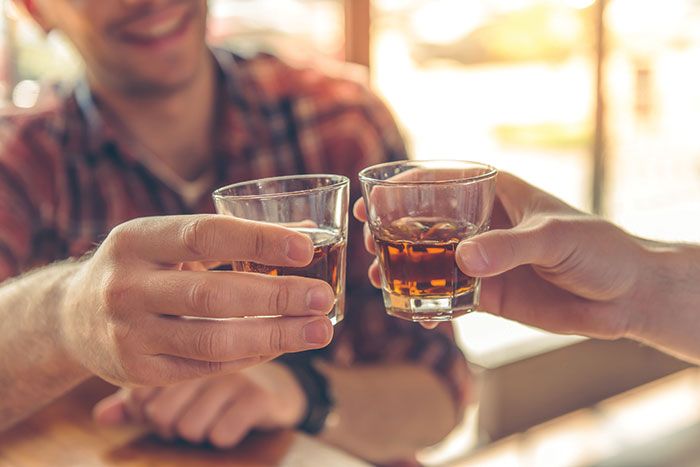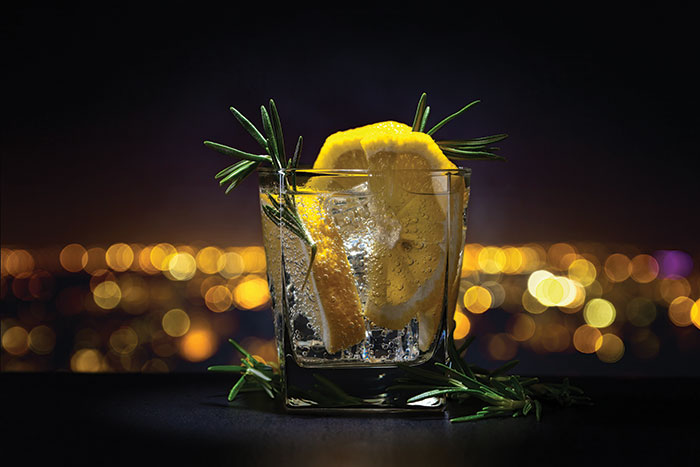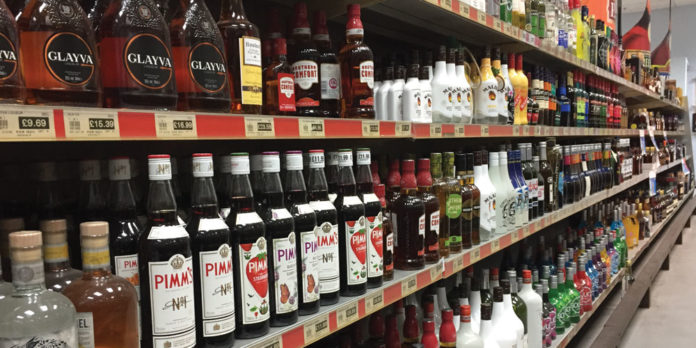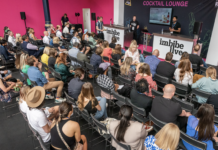Consumers’ tastes in spirits are changing and there is now a huge, untapped market in convenience, ready for wholesalers to capitalise on it.
With sales of £3.9bn last year in off-trade and £5.9bn in on-trade, there are no signs Britain is giving up its love of a tipple.
But figures from The Wine and Spirit Trade Association (WSTA) show big differences between fashionable drinks (such as gin and rum), the old stalwarts (vodka and whiskies) and drinks that seem to be in decline (such as brandy).
The drinks giant Diageo has also identified a major gap in the market: convenience stores. Although 90% of Britons buy alcohol, only a third buy it from their local independent retailers.
According to the company, convenience shoppers offer an untapped market of £455m – a typical retailer might be able to grow sales by up to £9,000 a year by attracting new shoppers to buy alcohol and encouraging existing customers to buy more.
“Our research has shown that there is a huge opportunity for retailers to grow alcohol sales in the convenience sector,” says Claire Kendall, senior customer category manager for impulse and wholesale at Diageo.
So how can wholesalers encourage convenience stores to sell more spirits, take advantage of new trends in drinks and make sure that they are on top of the next big thing?
Kendall says it is vital to get the message out to retailers about how they can increase alcohol sales; wholesalers are well-placed to do this by offering advice in-depot or through sales reps.
Creating a must-stock range of essential core drinks that retailers know they need to stock up with can help to increase alcohol sales by up to 64%.
 Display is vital
Display is vital
Visibility is also important, Diageo’s research found, with off-fixture displays helping to increase sales by more than 18%.
Halewood Wines & Spirits, which owns brands including Liverpool Rum and Whitley Neill Gin, says display is key for both off-trade and on-trade, and wholesalers can encourage greater sales by offering in-store theatre to inspire their customers, especially with premium brands.
“Wholesalers should consider how they market different spirit brands to customers, taking into account how these ranges will then be displayed in-store or in-bar,” a spokesman said. “The in-bar experience is all about theatre and the serve, so relevant point-of-sale material and displays will help wholesalers communicate to customers how different brands should be promoted.”
Research by Maxxium UK, the distributor behind everything from Jim Beam to Midori melon liqueur, has focused on winning over customers who don’t drink spirits. A £1m project has identified an opportunity for an extra £942m in sales by 2020, the company says.
The major obstacles to winning new spirits customers that were identified in a survey of 7,000 people were the strength of the flavours, a lack of knowledge in making drinks and a reluctance to try new things. Therefore, offering promotions to encourage people to sample new drinks is crucial.
“Disrupting customers at the point of purchase is essential,” says Johna Penman, head of brands at Maxxium. “This can be achieved using product sampling, in-depot theatre and Brand Ambassadors to provide educational training.”
The company also wants to grow the UK’s cocktail culture further, after a 6% increase in on-trade sales last year. Here, availability and range will be crucial for wholesalers, so that they can offer all the more offbeat and surprising ingredients that will please mixologists and their customers.
Shifting tastes
Getting the range right means understanding the shifts in British drinkers’ tastes. According to WSTA data, the biggest success story continues to be gin: off-trade sales rose by 13% last year to reach £437m, while on-trade sales increased by 19% to £619m – no other drink was able to match this double-digit growth.
This increase is partly because of the success of premiumisation, with small-batch, craft products taking over the gin market. The premium gin market grew ten times faster than that of non-premium gin, according to Diageo, with its own premium Tanqueray No. Ten brand growing by 82.9% last year.
“Innovation is growing in this category, particularly in premium and craft. Premium and craft gin has emerged as the tipple of choice – and exploded in popularity,” says Felix Elliott-Berry, one of the co-founders of Sibling Gin, part of the new generation of premium gins.
“Discerning drinkers are showing a preference for these more ‘artisanal’ spirits, created by smaller brands and distillers, as they are drawn to history, production methods and the stories behind them.”
Elliott-Berry says he believes the change is being driven by millennials, who value niche brands, and who are attracted by authenticity, provenance and an interesting story.
 Rum packs a punch
Rum packs a punch
Rum is the other drink of the moment, but it is a phenomenon that is mostly about drinking in bars: on-trade sales of rum rose by 11% to £618m last year, while off-trade sales only increased by a more modest 3%.
Some of that growth is being driven by newer varieties, such as golden rum, which is now the largest sub-category of rum. But it is an opportunity that half of venues are missing out on, creating the chance for wholesalers to expand their offerings.
“While 95% of outlets stock white rum, only five in 10 stock Captain Morgan Original Spiced Gold. This is a huge opportunity for licensees to take advantage of,” says Rhys Love, senior brand manager for Captain Morgan.
The two giants of the spirits world are vodka and whisky, each worth more than £1bn in both on-trade and off-trade sales. Both have seen sales hold steady or increase only slightly, which has led some restless wholesalers to call for greater innovation. Suppliers say that may be on the way.
“Whisky is expected to be the next major category to experience growth, particularly traditional Irish and Scottish whiskies, and wholesalers should consider how they approach this,” says the Halewood spokesman. Halewood is launching Liverpool Whiskey after striking a deal with West Cork Distillers.
Flavour may be the growth area for vodka, particularly in cocktails, where flavoured vodka can be used as a base for distinctive long drinks. Halewood recently added a Blood Orange vodka flavoured with Sicilian oranges to its Whitley Neill brand. “Innovation in flavour is coming through,” the firm’s spokesman notes.








